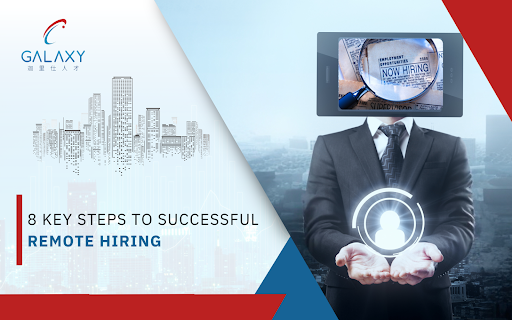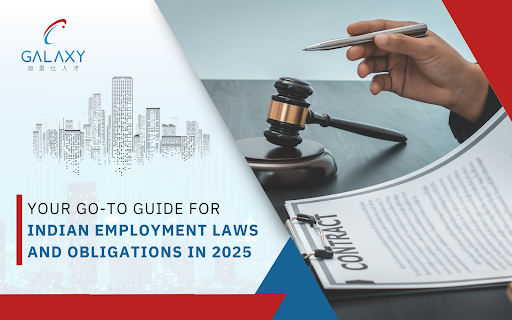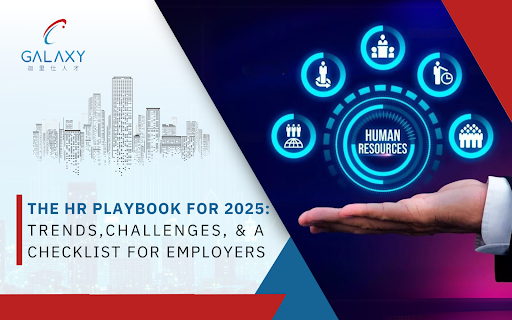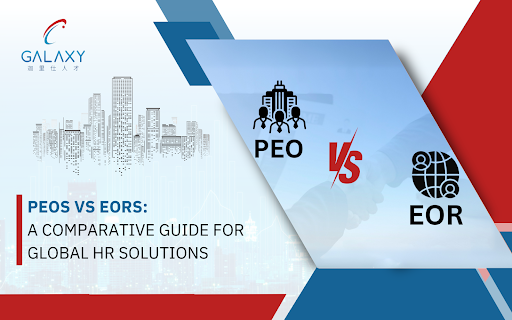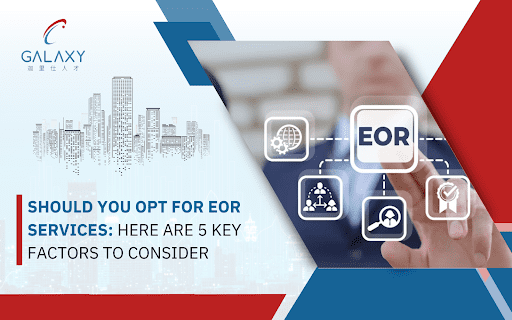How to Hire International Employees : A Comprehensive Guide
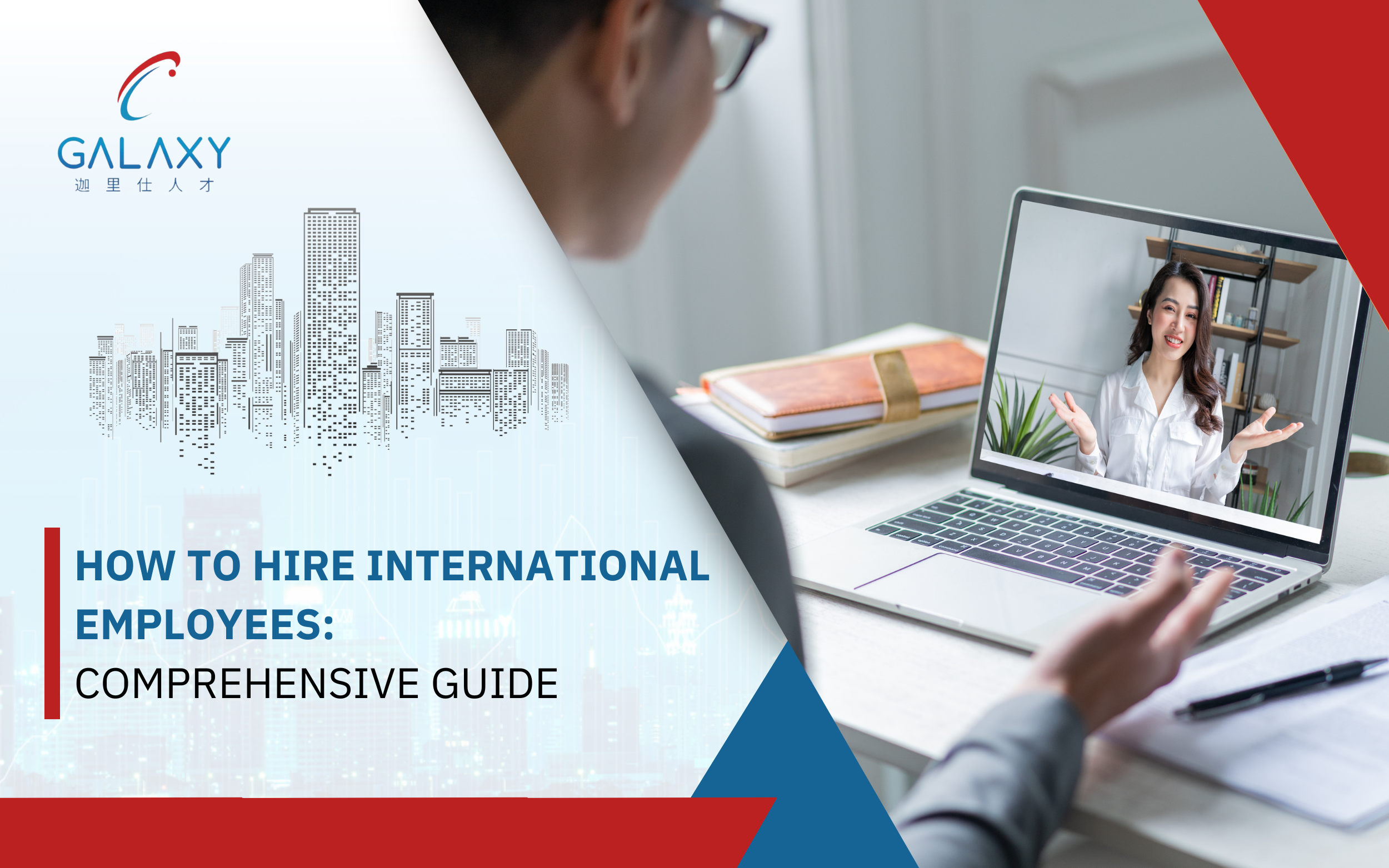
The fast-moving world economy offers various ways to expand business across borders, and hiring international employees is more than just a trend. Businesses that are looking to expand, innovate and compete on a global scale, especially in Asia–Pacific (APAC) region, see workforce diversity as a strategic move.
International hiring offers immense business opportunities, such as access to diverse skill sets and perspectives and the opportunity to explore new markets.
However, it comes with its challenges, such as adherence to immigration and employment laws, tax regulations, and managing cultural differences.
Therefore, this guide outlines the essential steps and considerations for successfully hiring international employees, from understanding legal requirements to creating a smooth onboarding process.
After reading the guide, you’ll have a clear roadmap for entering a potential global workforce while ensuring compliance and success in your hiring strategy.
Table Of Content
- 7 Steps to successfully hire international Employees
- 1) Define your hiring objectives and strategy
- 2) Identify the target region for hiring
- 3) Understanding labour laws and compliance requirements
- 4) Choose the right hiring model
- 5) Develop a recruitment strategy
- 6) Onboard and integrate new employees
- 7) Establish cross-border payroll and taxation system
- Conclusion
7 Steps to Successfully Hire International Employees
1. Define Your Hiring Objectives and Strategy
Before commencing the hiring process, you should determine whether international hiring aligns with your business goals or not. You should consider the following in this respect:
Skill Gaps: Identify specific skills that your business requires and the existing or local talent fails to provide.
Market Goals: analyse whether international hiring will be able to support your expansion or operational objectives and how?
Budget: Allocate budget and resources for recruitment, onboarding, and management of international employees.
A well-defined strategy will ensure alignment with your business goals and maximize the value of your new hires.
2. Identify the Target Region for Hiring
To make your international hiring journey successful, you must critically choose the target region by considering the following factors:
Availability of Skilled Talent: Look for regions with a strong pool of candidates or specialized skills. For example, you will find a pool of talented IT professionals in India or people with specialized engineering skills in Australia
Cost of Labor: Compare the cost of salaries and benefits in the potential target regions.
Time Zone Compatibility with the base operational location.
Region’s cultural alignment with your Company’s goals.
Market dynamics: Identify regions where the existing market supports your expansion plans.Thorough research into the market dynamics of the target region will ensure long-term success.
3. Understanding Labor Laws and Compliance Requirements
Compliance requirements and challenges vary significantly across different countries due to diverse labor laws and tax systems. Therefore, one must conduct thorough research and analysis of the legal framework and compliance requirements in the target region to stay away from fines and penalties for non-compliance.
You must take care of the following:
- Work Permits and Visas: enquire what kind of work permits or visas your employees require to work in the target region and how to get them.
- Employment Contracts: draft compliant contracts that outline job terms, benefits, and termination policies in accordance with the extant laws of the place of hiring.
- Tax and Payroll Compliance: understand the employer and employee obligations for income tax and social security contributions.
- Labor laws: familiarize yourself with regulations on minimum wage, working hours, employee rights, etc.
4. Choose the Right Hiring Model
Select the right approach for hiring international employees that aligns with your business structure and goals:
Ø Direct Employment: You can set up a local entity or establish a subsidiary as per the laws, in the target country to comply with labor laws and tax requirements, which will provide you full control over the business expansion unit but involves significant time and cost.
Ø Employer of Record (EOR): Partner with a singapore EOR service provider, which will reduce the burden of handling compliances, Singapore payroll services, employment contracts, etc., without the hassle of setting up a local entity and help you test new markets and scale quickly.
Read our guide ‘What Is An EOR: A Complete Guide To Simplified International Hiring’ to know how an EOR works and how it can help you streamline your business processes.
Ø Freelancers or Contractors: Hiring independent contractors can be a cost-effective option for short-term projects or specialized tasks.
5. Develop a Recruitment Strategy
Developing a strong recruitment strategy is essential for finding top international talent. You may follow the following steps:
Job Description: Clearly defining roles and responsibilities will get the talent you need. Describe scope of work, skills and qualifications required and performance expectations.
Job Portals: Use platforms like LinkedIn, Indeed, or region-specific job boards like Jobstreet and SEEK to source candidates.
Work with Recruitment Agencies: You may also collaborate with agencies that specialize in international hiring for your industry.
Resume Review: Thoroughly review resumes and portfolios to shortlist candidates that meet qualifications to fit in your business industry. You may use Application tracking System (ATS) to manage applications, scheduling interviews and tracking candidates.
Pre-screening: Effectively pre-screen candidates through assessments or work samples to evaluate practical, technical and soft skills.
Conduct interviews: Use tools like Zoom or Microsoft Teams to connect with candidates across time zones.
Assess Candidates thoroughly: Evaluate candidate’s cultural adaptability, confidence and reference checks. Well Structured interview questions and roles – specific scenarios can help assess problem – solving and decision-making abilities.
Offer Competitive Compensation and Benefits: Ensure that the salaries and benefits you offer are market-competitive and comply with local standards. Also offer relocation assistance, including visa sponsorship, housing, and transportation.
6. Onboard and Integrate New Employees
Only an efficient integration into the company’s culture will make the hiring process successful. The employees should feel welcomed and equipped to contribute effectively.
Therefore, conduct orientation to welcome the new hires, provide an overview of the company and introduce the team. Provide cultural training if required. Foster employee engagement by sharing company goals and updates regularly, setting up routine of one-on-one meetings, encouraging transparency and celebrating milestones.
Cultivate a culture friendly environment by organizing team meetings, combined projects and informal outings.
Take care of continuous monitoring and optimizing performance by constructive feedback, addressing challenges, periodic training and development programs and identifying areas of improvement.
7. Establish Cross-Border Payroll and Taxation System
Manage payroll for international employees while ensuring accuracy and compliance. Use a Global Payroll services platform that consolidates payroll processing across multiple countries or partners with an EOR to simplify singapore payroll services, tax filings, and benefits administration. Stay updated on Tax Regulations to avoid penalties and ensure compliance.
Conclusion
The process of international hiring requires careful planning, cultural sensitivity and a thorough understanding of local laws and regulations. By undertaking processes ethically and strategically businesses can overcome geographical barriers and build a long-term successful workforce.
However, if you find it challenging to devote time and resources in researching and understanding complexities of setting up a new legal entity in a new area or a different country altogether about which you have limited knowledge; you should partner with an Employer of Record and focus on your core business operations.
Read our guide – ‘Should You Opt For EOR services? Here Are 5 Key Factors To Consider’ to understand why you should hire an EOR.
Choose Galaxy – EOR service provider. We are leading HR and business advisory service providers in Asia Pacific. We also offer corporate solutions like incorporation, secretarial & compliance, payroll, accounting, finance and taxation.
Build Your International Team Today!
Partner with Galaxy for simplified international hiring.
FAQ’S
Do I need to set up a legal entity to hire internationally?
Not always. You can hire an EOR who can employ on your behalf, handle payroll, taxation and compliances without setting up a new local entity.
How do I ensure compliance with local labor laws when hiring abroad?
Get a thorough understanding of local labour and employment laws, work permits, contracts, tax obligations and standards to follow. Keep yourself updated of any changes made in the extant laws.
What are the benefits of hiring international employees?
Access to diverse talent pools and innovation through varied perspectives, expansion in new markets and cost efficiency are some of the benefits of international hiring.
What is the role of technology in international hiring?
Technology plays a prime role in connecting you with distant people. Various global and region specific online job portals linkedin and Jobstreet can help you reach millions of people from across borders at a single platform. Application Tracking systems enable you to manage applications efficiently. Tools like Zoom and Microsoft Teams help you conduct interviews virtually.

